
Along with its skyscrapers, drinking alleys and packed subway trains, Tokyo has two chains of remote islands to its name. While it may seem odd that the metropolis has taken a handful of remote islands under its wing, it means you can escape the city without (technically) leaving its boundaries.
Why visit Tokyo’s Remote Islands?

There are countless places to visit in Japan, but with limited time, sometimes staying local can be the best option. Luckily, in Tokyo that doesn’t mean you have to have a city-break as there are natural beauty spots like Okutama and unique remote islands too. Offering untouched nature, unique species and beautiful beaches, the islands of Tokyo are a step into rural life and an opportunity to immerse yourself in nature. As a bonus, they offer a fantastic way to support the rural communities of Japan who rely on tourism as a major income.
Why does Tokyo have Islands?

The capital has two different island groups: the Izu Islands and the Ogasawara Islands. While the Izu islands are closer to the Izu Peninsula, they fall under the prefecture of Tokyo. This means the islands can be supported financially by the busy city and resources can be shared, with many government workers such as teachers being posted on the island for a set number of years during their career. The islands benefit from tourism in the summer months, with transportation connected to the Tokyo system, including boats from Takeshiba Terminal. Keeping the islands connected to the mainland has ensured that while populations decrease a little, it is nowhere near like the fall in numbers among other remote islands across Japan.
The Ogasawara Islands are also known as the Bonin Islands and cover an archipelago of 30 subtropical islands. Coming from the meaning ‘uninhabited’ in Japanese, the ‘bonin’ islands are over 1000km from Tokyo, with Chichijima meaning father island, and Hahajima, meaning mother island, now inhabited and popular with tourists from around the world.
Get to Know Tokyo’s Remote Islands

While there are dozens of islands in total, only nine of the Izu and two of the Odasawara chains are inhabited, relying on fishing, agriculture and tourism. During summer, the islands are filled with bird watchers, swimmers and hikers from the city enjoying the fresh sea air and expansive sea views. Choosing which island to visit depends on your interests, with an island to suit everyone.
Starting with the closest to Tokyo:
- Izu Oshima
- Toshima
- Niijima
- Shikine-Jima
- Kozushima
- Miyake-jima
- Mikurajima
- Hachijojima
- Aogashima
- Chichijima (Ogasawara)
- Hahajima (Ogasawara)
While all of the islands receive visitors, some are more popular than others, with the main islands being Izu Oshima, Kozushima and Hachijojima.
Izu Oshima: The Island For Hikers

As the largest island and the closest to Tokyo, it’s no surprise that Izu-Oshima receives the most visitors of the nine islands. Known for the active volcano Mt. Mihara, it has a museum dedicated to volcanoes and featured as the home of dormant Godzilla in the 1984 classic movie. These days, you can hike to the top to enjoy views of the island below and surrounding waters, with no eruption since 1990.
Travel Information
Travel from Tokyo: The regular ferry from Tokyo takes eight hours and is an overnight service, arriving at around 6 am. The Jet Ferry takes two hours but is more expensive.
Travel to/from Toshima: There is a ferry between the islands which takes 30 minutes. There are flights from Chofu airport on Honshu as well as nearby Miyakejima and Toshima islands.
Toshima: Go Dolphin Spotting
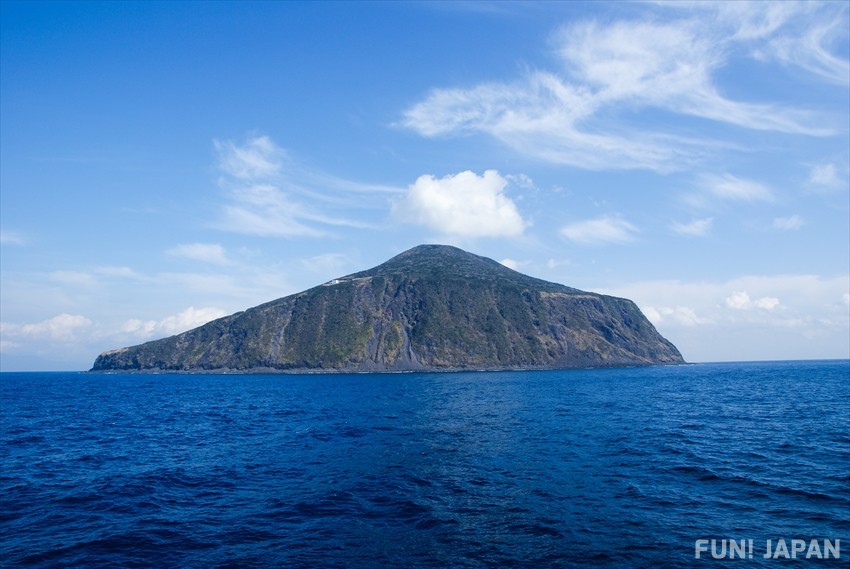
Toshima is one of the smallest islands and is known for opportunities to see and swim with Dolphins. Visitors can also enjoy the specialties of spiny lobster and turban shell snails, with walkers visiting for the camellia-filled vistas between November and March. The night skies are particularly popular on Toshima due to the small population and minimal light pollution.
Travel Information
Travel from Tokyo: Toshima takes 9.5 hours on the overnight ferry costing around 5,000 yen each way and 2.5 hours on the Jet Ferry, costing around 8,000 yen.
Niijima: Perfect for Surfers

With sandy white beaches, the island of Niijima is a more typical island getaway for many. The island has hosted the World Surf Championships and has a reputation for some of the best waves in the world, so it’s a great option for those looking to hone their surfing skills. Those looking to relax can also enjoy the beaches as well as hot springs, sand baths and try out the island’s long tradition of glass-making.
Travel Information
Travel from Tokyo: Niijima is 10.5 hours from Tokyo on the overnight service, costing around 6,000 yen and three hours on the Jet Ferry costing around 9,000 yen. There is a small local airport with services from Chofu Airport.
Shikine-Jima: A Diver’s Paradise
With a host of diving schools to choose from and a fantastic variety of diving sites, Shikine-Jima is great for beginners as well as more experienced divers. The crystal clear waters are a stunning turquoise and can be enjoyed at the local beaches. There are also natural hot springs including a gensen, which is the original source of the spring. While the water is usually too hot, it mixes with seawater to reach the perfect temperature, plus the springs are free to use!
Travel Information
Travel from Tokyo: Shikine-Jima is 11 hours from Tokyo on the overnight service, costing around 6,000 yen, and three hours on the Jet Ferry costing around 9,000 yen.
Kozushima: Mountains and Swimming Spots
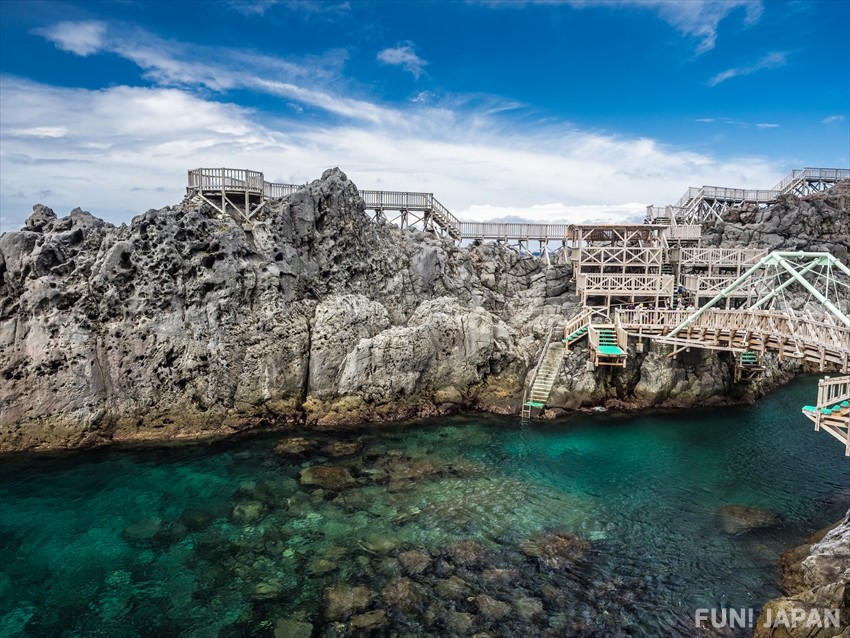
Furthest West, Kozushima has both mountains and beaches and enjoys the warmth of the Philippine Sea. The Akasaki Promenade is a fun favourite of swimmers. Running along the cliffsides, the wooden walkway is reminiscent of a pirate ship creation and offers access to great swimming spots. Beaches around the island are also good for surfing and swimming, so there’s no end to the options for a beach getaway. Meanwhile, hikers can enjoy the 574m climb to the summit of Mt. Tenjo, which is covered in unusual alpine flowers due to its location.
Travel Information
Travel from Tokyo: Kozushima is 12 hours from Tokyo on the overnight service, costing around 6,500 yen, and four hours on the Jet Ferry costing around 9,500 yen. Kozushima also has a small airport with services to Chofu Airport.
Miyake-jima: Best for Bird-Watchers
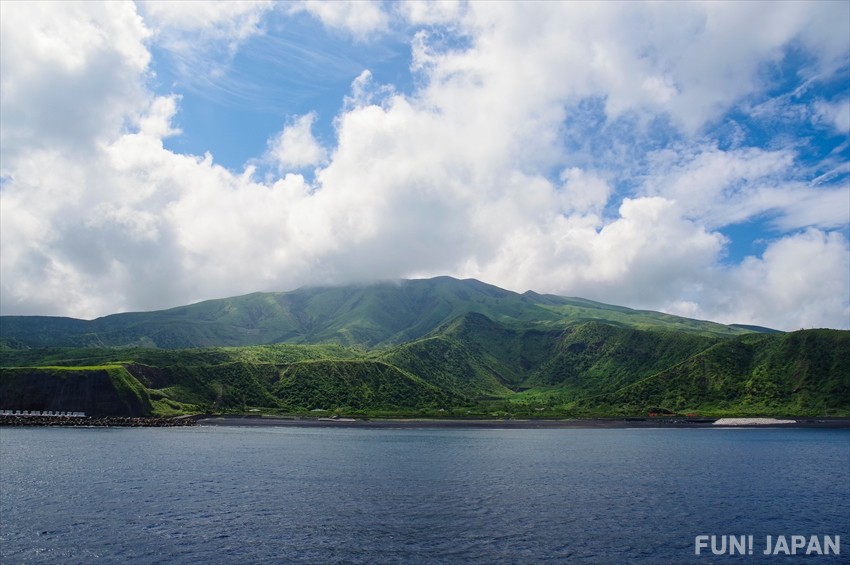
Miyake-Jima is known for its unusual history of gas mask-wearing as well as its impressive local birds. Sulphuric gasses have meant that for many years residents had to wear gas masks and are still required to carry them at all times, although they are rarely required. Despite this, the island is home to a budding ecosystem with rare bird varieties including the Izu Thrush and pygmy Woodpeckers which are native to Japan. If you prefer looking below the water than into the sky, there are plenty of diving opportunities on the island too!
Travel Information
Travel from Tokyo: Miyakejima is 6.5 hours from Tokyo on the overnight service, costing around 7,000 yen. The island is not served by a jet ferry but does have an airport, with flights from Chofu and Oshima island.
Mikurajima
Known for hikes and a local dolphin pod, Mikurajima has grown in popularity over the last few years. As a national park, it is prohibited to cycle or camp, but there are plenty of spaces to stay in local guesthouses. The best way to see the dolphins is to go snorkeling, while hikes filled with ancient Sudaji trees are a stunning highlight.
Travel Information
Travel from Tokyo: Mikurajima is 7.5 hours from Tokyo on the overnight service, costing around 7,500 yen with no Jet Ferry available.
Hachijojima: The Island with Everything
One of the most popular but also furthest islands, Hachijojima is a true island resort. The attractions include diving spots to see lava formations, the chance to swim with dolphins, spot whales and try your hand at the traditional dyeing techniques perfected on the island over centuries. There are museums dedicated to the history of the island as well as a free reconstructed village showing life in the original settlements, plenty of great hiking opportunities and even hot springs - the island really has it all.
Travel Information
Travel from Tokyo: Hachijojima is 10.5 hours from Tokyo on the overnight service, costing around 8,000 yen with no Jet Ferry available. There is a small airport with flights from Tokyo’s Haneda Airport as well as nearby Mikurajima island, with helicopter services to Aogashima.
Aogashima: A Stargazing Heaven
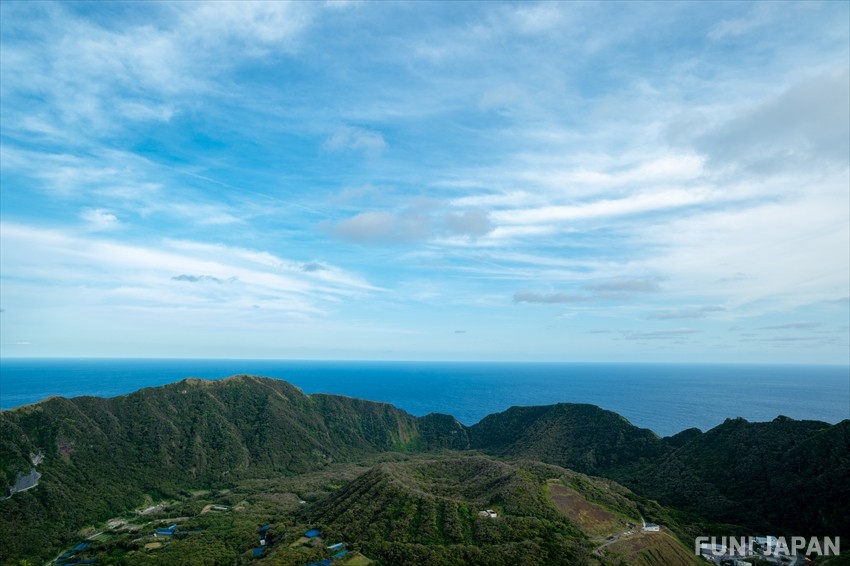
The furthest of the Izu islands, Aogashima is known for its unusual shape and remote feel, not to mention the incredible stargazing opportunities. The island is harder to reach than the others, giving it a more remote feel. There are under 200 people living on the island, with no restaurants, but its own distillery and a couple of bars. The main activities on the island include hiking around the double-volcano Mt. Maruyama, soaking in hot springs and staring up at the sky as soon as night falls.
Travel Information
Travel from Tokyo: Aogashima is only accessible through a small local boat service from Hachijojima, costing around 2,500 yen. It is heavily dependent on the weather and must be booked in advance. There is also a helicopter service, which costs around 12,000 yen per person.
The Ogasawara Islands
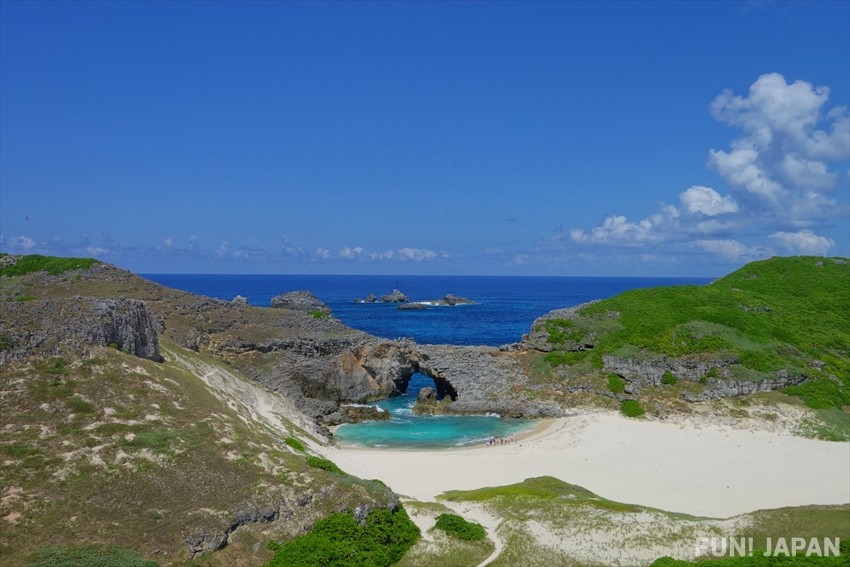
Over 100km from Tokyo, the Ogasawara Islands are a chain of over 30, but two attract visitors year round. Chichijima (meaning father island) is the largest, with around 2000 residents while Hahajima (meaning mother island) is home to around 400 people. As the islands have always been isolated from other continents, their main attraction is the unique ecosystem and the opportunity to see rare animals and plants. Whether you go hiking through forests or diving in turquoise waters, you can enjoy incredible sights with opportunities to try sea-kayaking, whale-watching, fishing, surfing or bodyboarding too.
Travel Information
Travel from Tokyo: The Ogasawara islands can only be accessed via a 24-hour ferry from Tokyo’s Takeshiba Pier. There are dorm rooms, semi-private bunks and fully private rooms available onboard along with a restaurant, showers, vending machines and a children’s play room. Tickets range from 25,000 yen to 80,000 yen per person each way but vary depending on season, with more services available in summer. The ferry arrives at Futami Port on Chichijima and there are regular ferries to Hahajima from the same dock.
How to Visit Tokyo’s Remote Islands
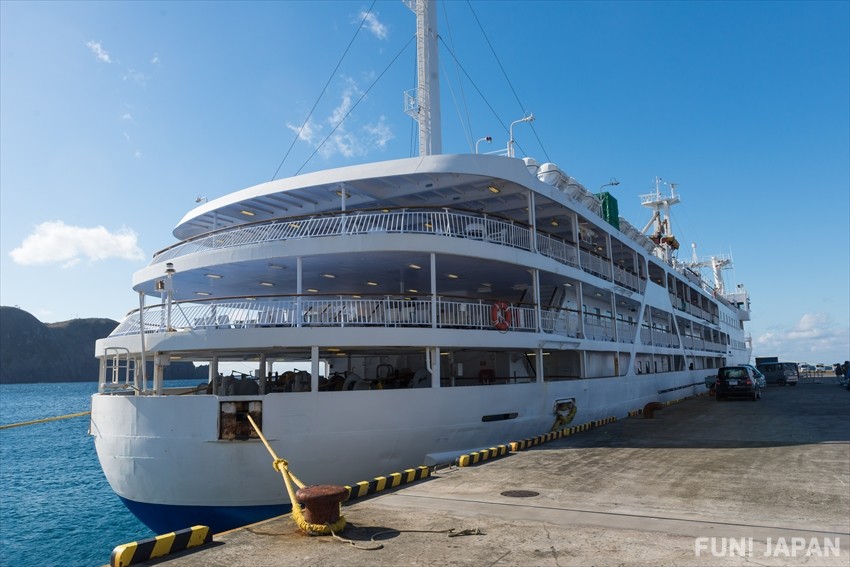
Between them, Tokyo’s islands have five airports and a whole network of passenger and jet ferries, as well as small local boat services and even helicopters. Accessing them from Tokyo is surprisingly easy, with frequent services during warmer seasons.
The Izu Islands
The biggest factors in planning a trip are the mode of transport, the route and the season. You can choose from large passenger ferries, the high-speed Jet Ferry and plane as modes of transport. The ferries operate different routes including departures from Tokyo, Yokohama and Atami, with islands serviced by different routes.
The large passenger ferry travels along two routes: one from Tokyo to Oshima, Toshima, Niijima, Shikinejima and Kozushima and one from Tokyo to Miyakejima, Mikurajima and Hachijojima. Both are overnight services taking between eight and 12 hours to reach their destinations. There are a selection of seats to choose from, including 1st class, 2nd Class and VIP.
The High-Speed Jet Ferry runs from Tokyo and Kurihama to Oshima, Toshima, Niijima, Shikinejima and Kozushima. There is also service from Atami on the Izu Peninsula to Izu-Oshima, taking just under an hour and costing approximately 1320 yen each day, although this is not available year-round.
Izu-Oshima, Nii-Jima, Kozushima, Miyake-Jima and Hachijojima all have small airports, with services operating from Tokyo’s Haneda Airport, Chofu Airport and between neighbouring islands. Flights from Tokyo and Chofu take less than an hour, with prices varying by season.
The Ogasawara Islands
The Ogasawara islands have no airport and can only be accessed via a 24-hour ferry from Tokyo’s Takeshiba Pier. The ferries run weekly out of eson but every few days during the warmer months, although delays occur if the weather is stormy. Tickets range from 25,000 - 80,000 yen depending on the season and sleeping compartment chosen, with dorm rooms, semi-private bunks and fully private rooms available onboard. Ferries from Tokyo dock at Futami Port on Chichijima and there are regular ferries to Hahajima from the same dock.
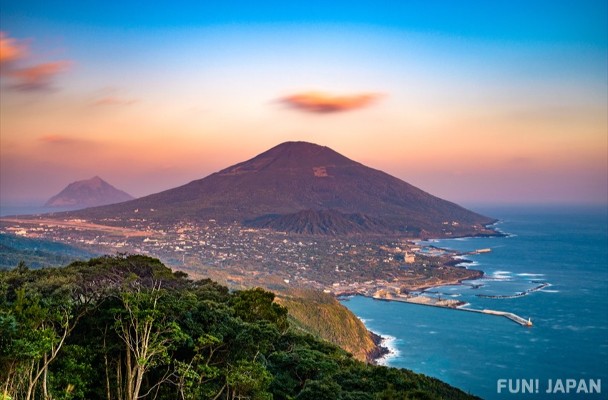
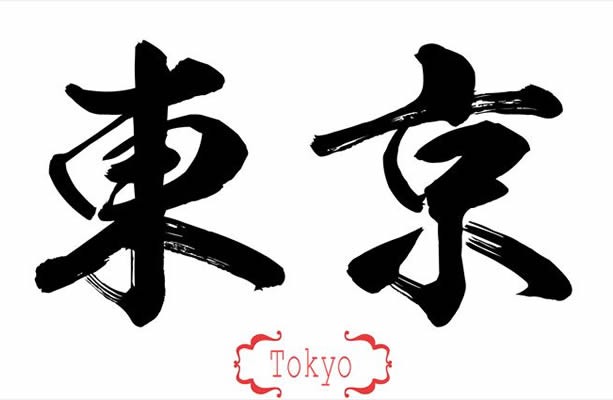
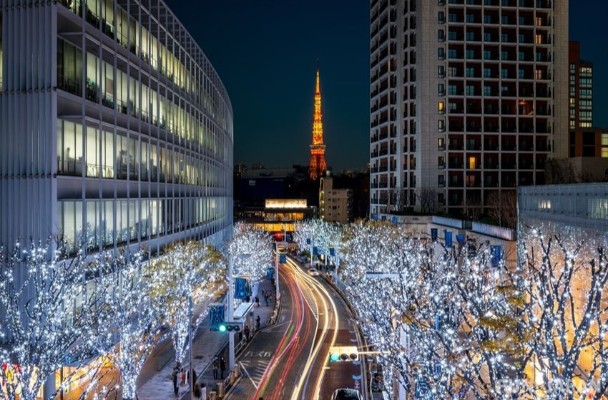
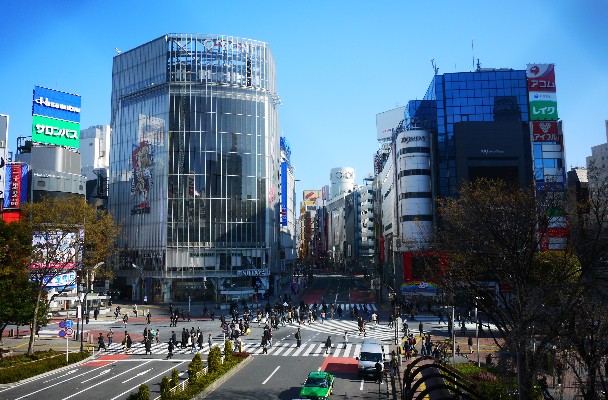
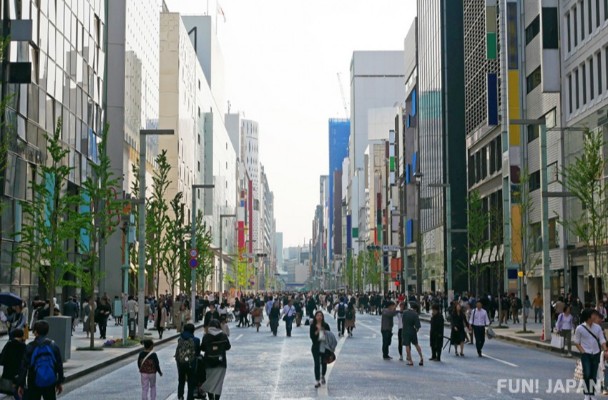


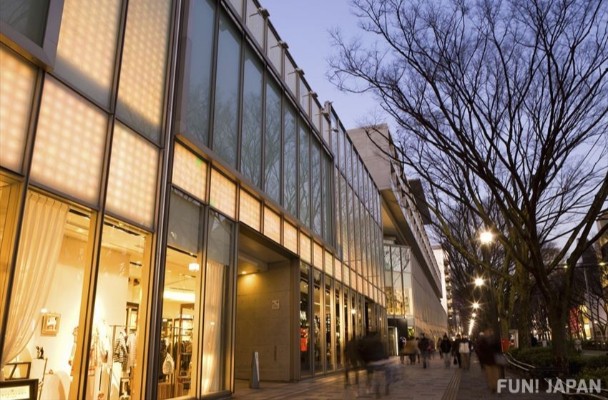
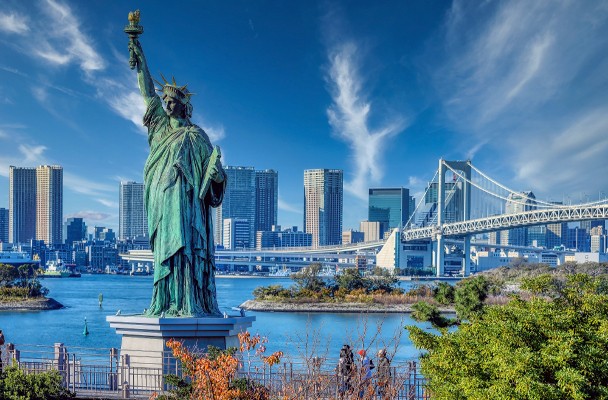
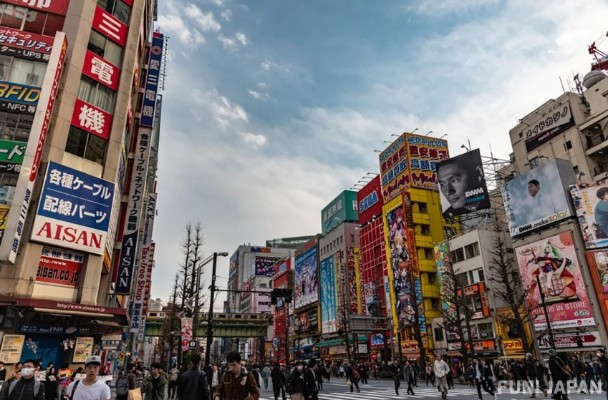

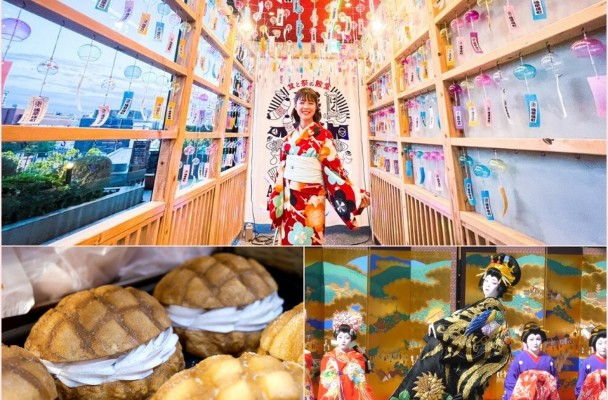

Comments